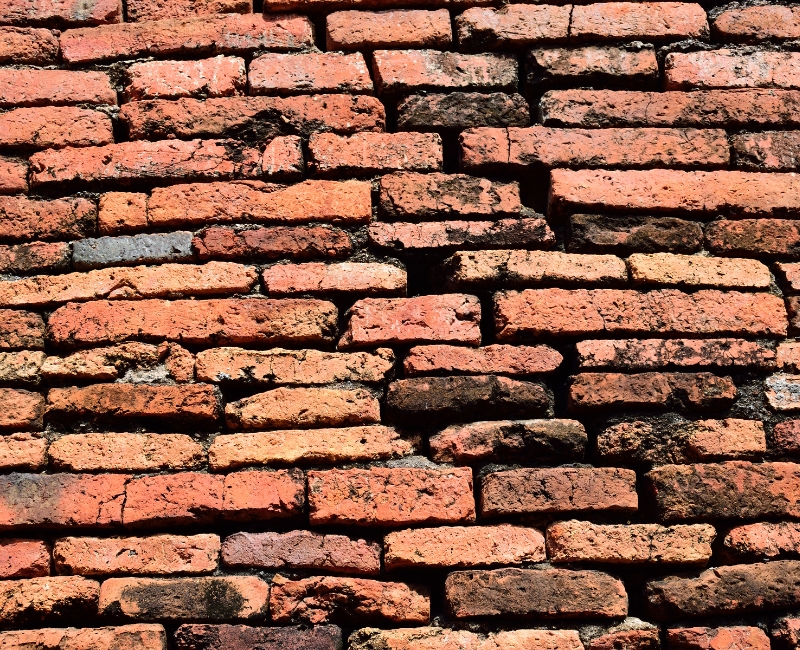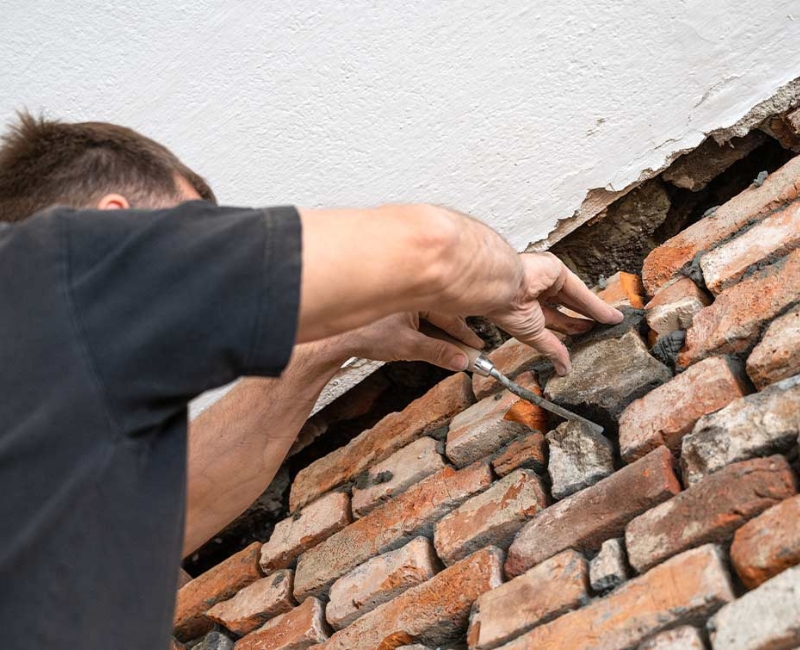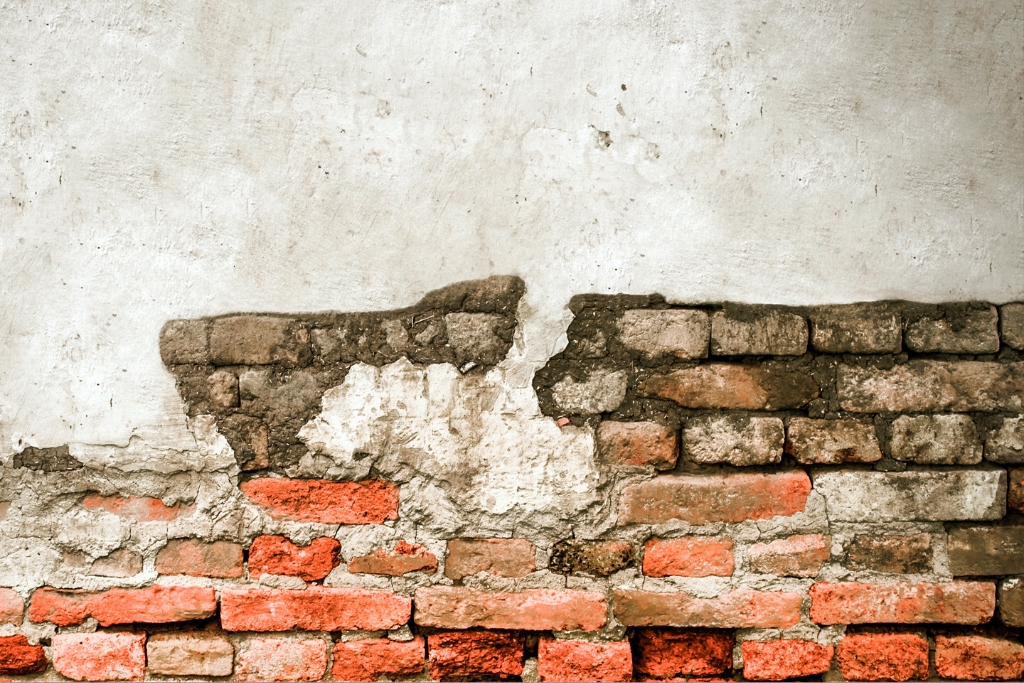Brick pointing plays a vital role in preserving the essence of historical structures, buildings, and residential homes. It ensures the longevity of these constructions and maintains their aesthetic appeal.
But sometimes we may see that structural shifts wreck some brick pointing in some buildings. Structural shifts can pose a serious threat to older buildings and the integrity of brickwork. The process of renewing or repairing the mortar joints between bricks is known as brick pointing. It is essential to maintain the appearance and strength of a building.
Understanding the damages caused by structural shifts
When a building undergoes structural shifts in Brooklyn or anywhere, whether due to environmental changes, foundation setting, or nearby construction, these shifts can cause vital damage to the mortar joints. The mortar may crumble, cracks may develop, and the overall stability of the brickwork might be compromised. Understanding the impacts of these movements is important for ensuring that your brickwork remains in good condition and preventing long-term damage.
In this blog, we’ll discuss the process of how structural shifts can wreck your brick pointing in Brooklyn and how you can prevent it.
Explaining How Structural Shifts Can Wreck Your Brickpointing

In the context of brick pointing, when discussing structural shifts, these kinds of shifts typically refer to changes in the physical structure of a building. As there are many urban areas in Brooklyn, structural shifts can vitally impact the integrity of brickwork. Here’s how:
01. Foundation Settling or Shifting
- Causes: The foundation of a building can shift because of construction nearby, natural settling of the soil, or poor foundation work.
- Impact on Brick Pointing: It can lead to cracks in the mortar joints and walls when the foundation shifts. These cracks can cause the mortar to crumble, necessitating repairs and weakening the structural integrity of the brickwork.
02. Vibrations from nearby construction
- Causes: Heavy construction can generate vibrations, which affect neighboring buildings, especially in densely populated areas such as Brooklyn.
- Impact on brick pointing: Leading to cracks in the mortar, these vibrations can cause small shifts in the structure of a building. These cracks can widen, allowing water to seep in, which can further damage the brickwork through freeze-thaw cycles over time.
03. Water damage and freeze-thaw cycles
- Causes: Water infiltrating the brickwork can lead to poor drainage leaks or damaged gutters. This water can freeze and expand, causing the mortar to crack in colder climates. Water accumulation around the foundation can be caused by poor drainage systems, melting snow, or heavy rainfall.
- Impact on brick pointing: Water infiltration can lead to shifts in the building’s structure and weaken the foundation. These shifts can cause the mortar between bricks to crack or deteriorate, even if the shift is minor. As the mortar erodes over time, it loses its ability to bind the bricks together effectively, leading to further structural damage.
04. Thermal expansion and contraction
- Causes: The population of Brooklyn experiences significant temperature variations between seasons. High temperatures cause materials to expand in the summer, while cold temperatures lead to contraction in the winter.
- Impact on brick pointing: Due to temperature variations, the repeated expansion and contraction of bricks can cause the mortar to weaken and crack. These cracks can widen over time, and the mortar may start to crumble. Structural shifts can be exacerbated by this thermal stress, which further strains the mortar joints.
05. Age and deterioration of building materials
- Causes: Most of the buildings in Brooklyn are historic, with some dating back more than a century. Over time, the materials used in these older buildings, including the mortar, can naturally deteriorate because of exposure to the elements and general wear and tear.
- Impact on brick pointing: They become less capable of withstanding structural shifts as the original materials age. Losing its adhesive properties, the mortar becomes brittle. Leading to more serious issues such as water penetration, which further accelerates deterioration. Even minor structural shifts can cause significant damage to the pointing.
06. Improper previous repairs
- Causes: Some property owners may have opted for inappropriate repointing techniques in the past in an effort to save costs. For example, instead of the traditional lime-based mortar, they use modern cement-based mortar.
- Impact on brick pointing: Improper repairs can make the brickwork more susceptible to damage from structural shifts. Buildings may have areas where the brickwork is not as strong as the original construction and has undergone multiple modifications or repairs over the years. Leading to a patchwork of issues that can be challenging to address comprehensively, these weaker areas are particularly vulnerable to damage from structural shifts.
07. Human activities and alterations
- Improper renovations: Modifications or renovations that are not done properly can inadvertently cause structural shifts. For example, altering or removing load-bearing walls can redistribute weight in a way that is responsible for undue stress on the brickwork, leading to cracks in the mortar joints.
- Addition of heavy loads: Adding heavy loads, like additional floors or rooftop installations, can increase the stress on the building’s structure. This added weight can cause structural shifts if the foundation or load-bearing walls are not adequately reinforced, and it will damage the brick pointing.
Understanding the Structural Shifts of Brick Pointing Prevention

Here are some strategies to help prevent structural shifts and protect the integrity of brickwork in Brooklyn:
- Have a foundation specialist or structural engineer inspect your building to identify and address any early signs of foundation issues.
- Keep large shrubs and trees at a safe distance from the building to prevent root-related foundation pressure.
- By installing vibration dampening systems or carefully planning structural changes, you can mitigate external vibrations from construction, traffic, or renovations.
- If any foundation problems appear, use appropriate techniques like piercing or underpinning.
- Seal and repoint the brickwork regularly to prevent water infiltration and maintain mortar integrity.
Conclusion
Where many buildings are older and exposed to various environmental and human stresses, structural shifts can have a devastating effect on brick pointing in Brooklyn. These shifts can lead to cracking, water infiltration, separation, and other issues that compromise the integrity of the brickwork. Regular maintenance, careful monitoring, and proper drainage of the building are essential to mitigate the impacts of structural shifts and preserve the longevity of brick buildings.
If you have further confusion or any queries, visit our website at FH Constructions, as we are the best company for these types of work. Our qualified staff will solve your confusion within a few moments.

